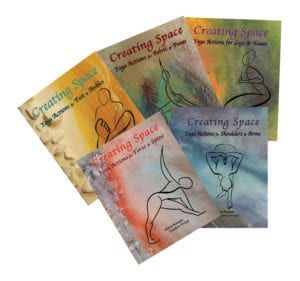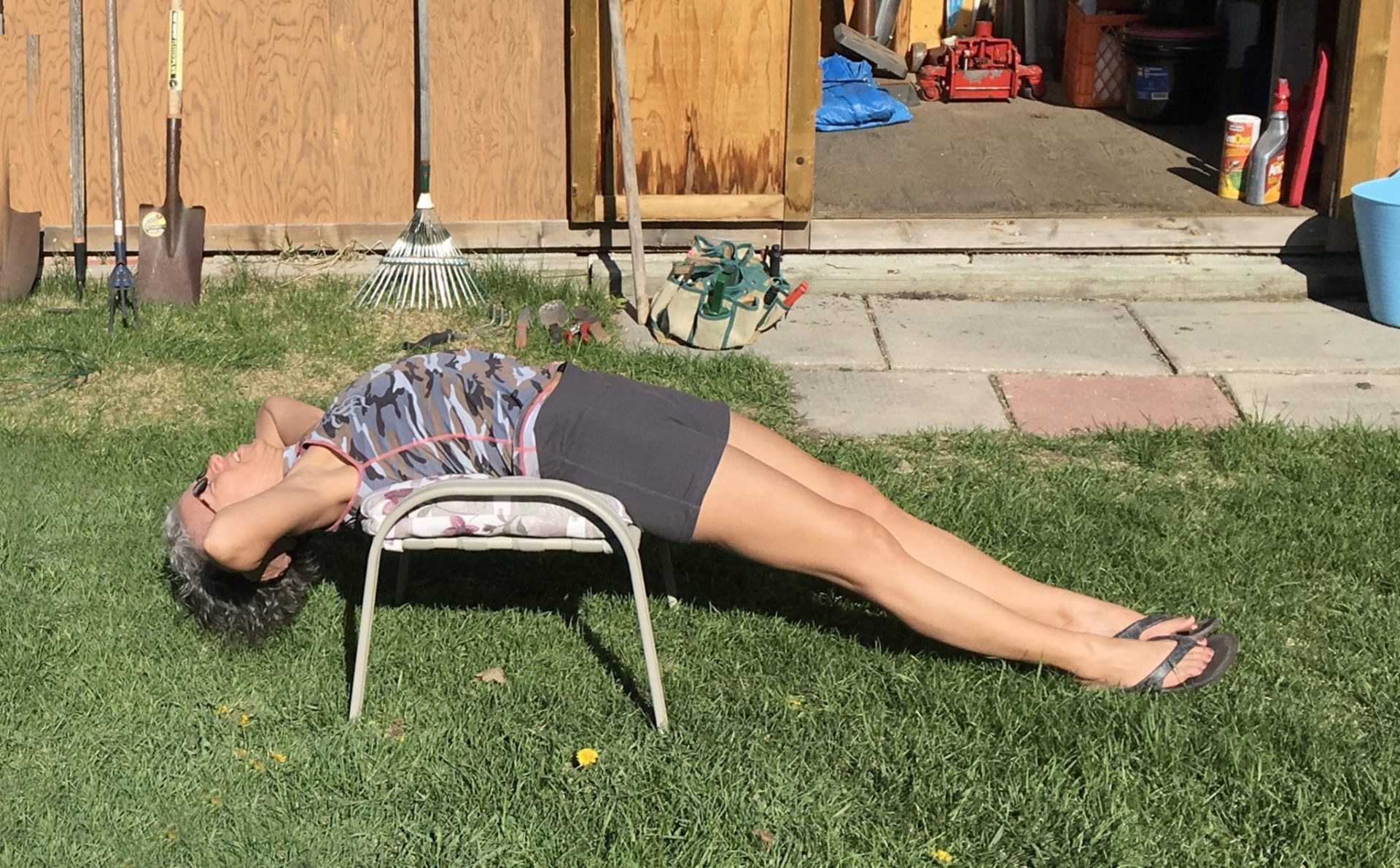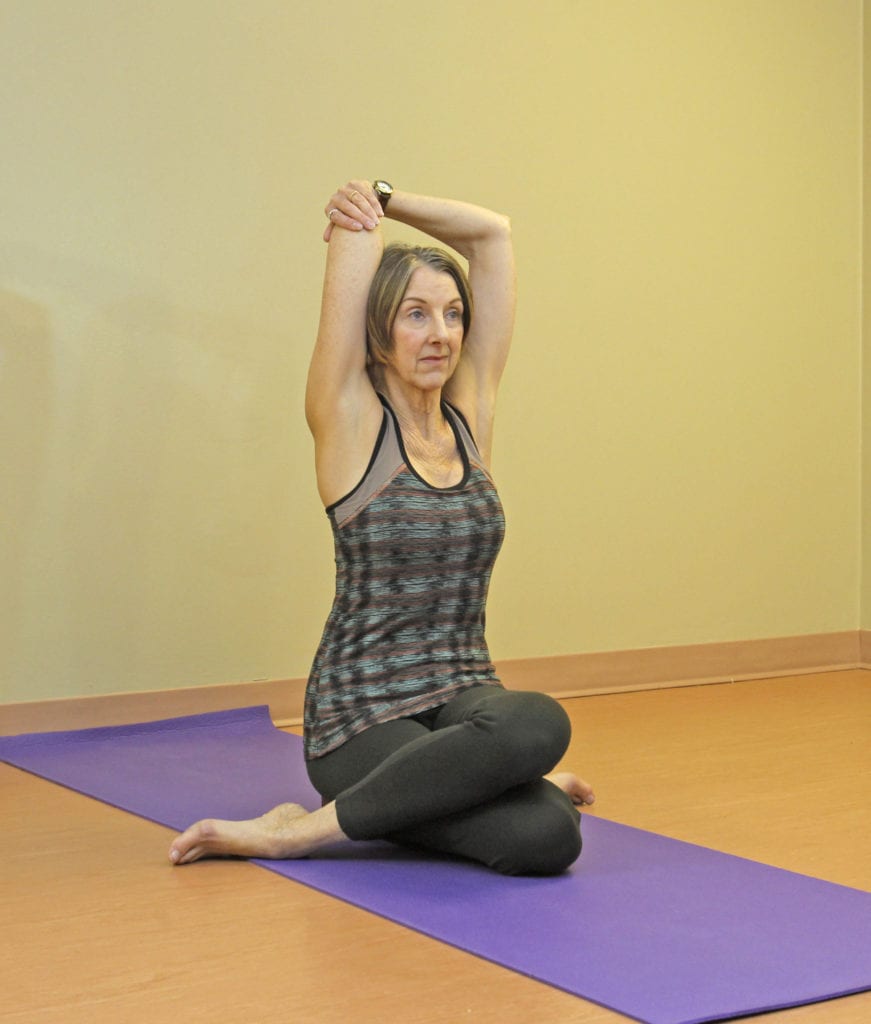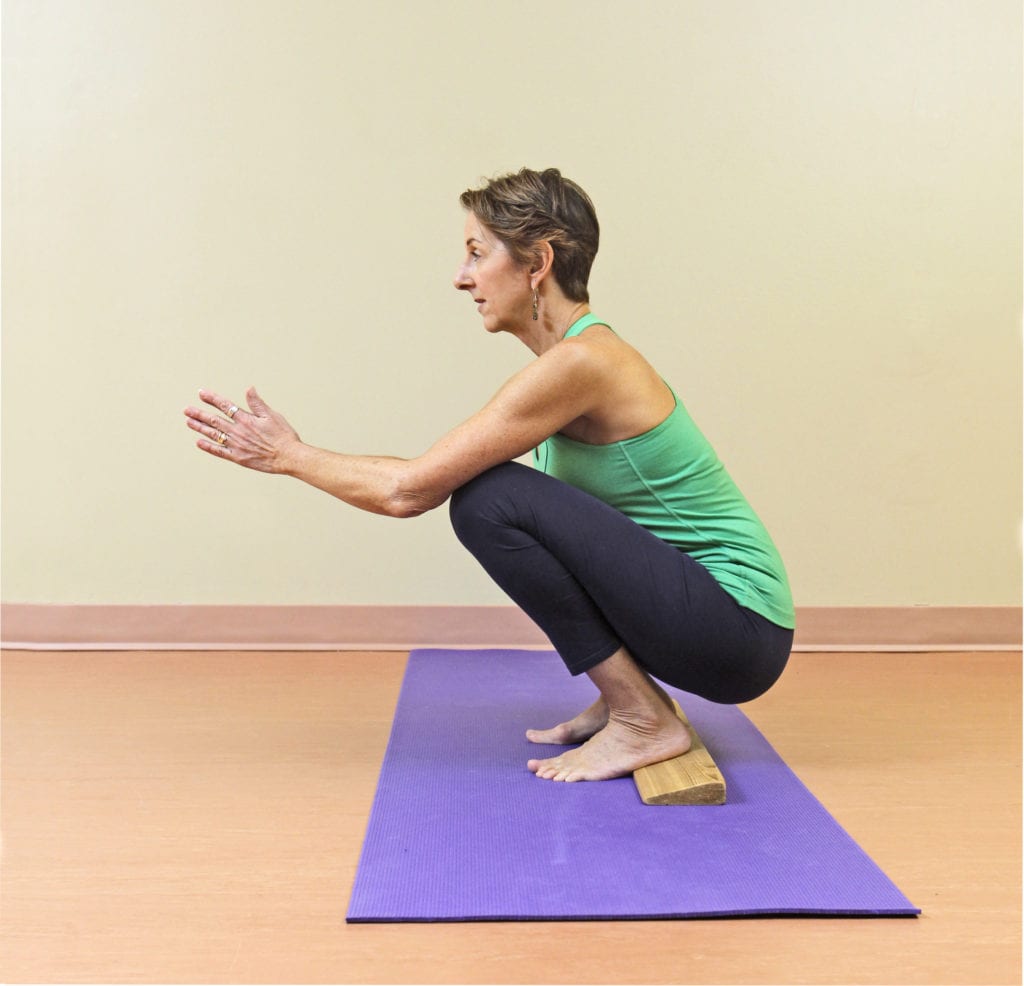Use gardening to connect with Mother Earth
Right up there with yoga asana, gardening is a profound healing and meditative practice. In creating an indoor or outdoor green oasis, we enable the emotional and mental healing so necessary for when we are over-stressed in our work and personal lives. The exchanging of negative energy for positive energy due to hands-on contact with Mother Earth cannot be underestimated. Furthermore, one’s mind is so absorbed in the planting, dividing, beautification and general upkeep of a garden that the internal monkey chatter is stilled, which is the ultimate goal of meditation. As an added benefit, the beauty you co-create with nature provides a lifelong sanctuary within which both mind and body rest.
Along with gardening’s great benefits come warning signs for when we attempt to accomplish too much. For instance, spending too much time bent over results in stiff, sore muscles in the legs, hips, shoulders, neck, arms and back. By mindfully lifting our abdominal muscles toward the face of the sacrum and spine, we can support and protect our lower back from injury. Regularly shifting positions and stretching affected areas are also good remedies. Gardening is, by yoga standards, a forward-bending practice.
Therefore, we need to counter or balance with some gentle backbends and stretches, which we can often do in our garden space. Of course, nothing prevents injury better than preparing one’s body prior to any physical effort. Stretching and warming up the muscles, lengthening the spine and opening the outer hips are all good precursors. At the end of your gardening session, choose a few reclining poses or lie down on the grass and rest in Savasana (corpse pose). Let gravity release your spine and any tension or stress that accumulated.
Take this quiet time to reconnect with your breath.
Incorporating yoga and mindfulness into your gardening experience is one way to practice Dharana (deep concentration) or Dhyana (meditation). Dharana and Dhyana are the sixth and seventh limbs on the eight-limbed path of Yoga. The first two limbs are the Yamas and Niyamas (ethical practices for personal integrity and self-discipline, respectively). What follows are Asanas (poses), Pranayama (breath regulation) and Pratyahara (sensory withdrawal). Of course, the culmination of all seven practices leads us into Samadhi (self-actualization and bliss), which is our joyful inner sanctuary.
Action: Use the following poses to help you build awareness of how your body operates. Pay attention to sensations emerging from stretching your leg, arm and back muscles. For more advanced practitioners, also become aware of the rotation of your leg and arm bones within their sockets.
GOMUKHASANA Prep (Cow Face Pose arm stretch)
Sit on a height (block or books) with your legs out in front and knees bent. Guide your right heel under your left leg and toward your left hip. Then, to the best of your ability, place your left knee on top of your right knee with your left heel to the outside of your right hip. Keep your hips level.
Stretch your right arm up, bend the elbow and rest your palm on your back. Hold your right elbow with your left hand and gently increase the stretch by guiding the elbow up and toward your ear. Hold for 5-10 breaths. Repeat on other side.
MALASANA (Squat Pose)
Begin by standing with your heels resting on a slant board, book or the floor. You must have the heels supported in order for your groin and lumbar to soften and release. Place your feet hip distance (or wider) apart with the toes slightly turned out. As you exhale, bend your knees and release your sits bones toward the floor. Soften your outer hip muscles and hold for 5-10 breaths. Then press into your feet and inhale back into a standing position.
VIRABHADRASANA I (Warrior I Pose)
Place your right toes up (or close to) the wall; step your left foot well back and turn the heel in slightly. Bend your right knee toward the wall without letting it go past your ankle. Place your palms into the wall at shoulder height and straighten your arms. Hold for 5-10 breaths. To stretch even more, walk your arms up the wall and release your forehead towards the wall.
 Winnipeggers Helen Maupin (www.righttojoy.com) and Candace Propp (www.natureofcontentment.com) are certified senior yoga teachers and authors of the Creating Space: Yoga Actions book series. To purchase these print or ebooks, visit here. For yoga teacher training (200- & 500-hour) with them and Stacy Schroder or to purchase the Yoga Actions teacher training facilitator manuals and student handbooks contact www.sereneyogastudio.com.
Winnipeggers Helen Maupin (www.righttojoy.com) and Candace Propp (www.natureofcontentment.com) are certified senior yoga teachers and authors of the Creating Space: Yoga Actions book series. To purchase these print or ebooks, visit here. For yoga teacher training (200- & 500-hour) with them and Stacy Schroder or to purchase the Yoga Actions teacher training facilitator manuals and student handbooks contact www.sereneyogastudio.com.
Photos: Wayne Glowacki








